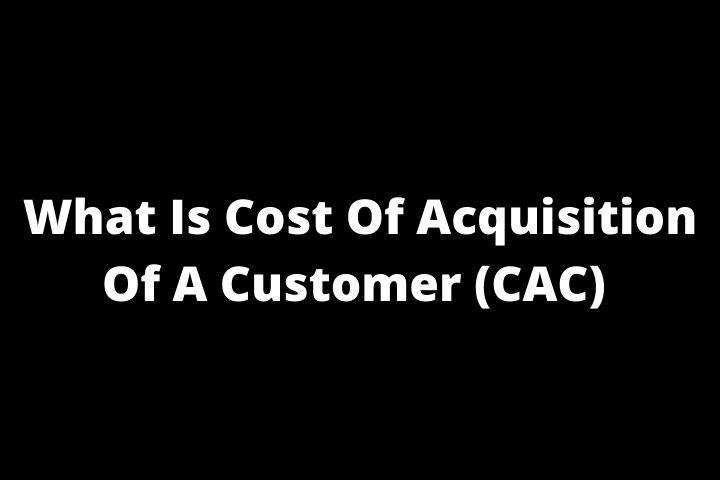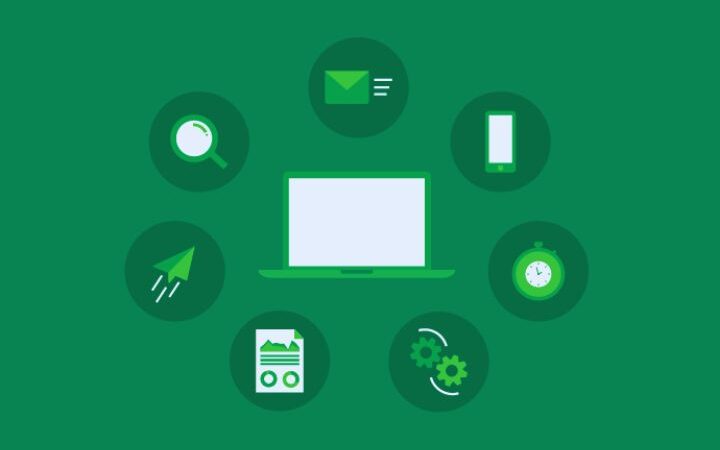What Is The Cost Of Acquisition Of A Customer (CAC)?

Today we will talk about the CAC or Cost of Acquisition of a client in ecommerce. A term that is too often confused with the CPA or Cost per acquisition, and on which the viability of your online business depends .
Table of Contents
What Is The CAC?
The acquisition cost of customers is the price paid for purchasing a new customer . In its simplest form, it can be calculated as follows:
CAC = Total campaign costs / new customers acquired in that specific period.
The most complex (correct) way to calculate CAC is:
CAC = Total costs of the marketing campaign related to customer acquisition + the salaries associated with marketing and sales + the cost of marketing and software sales (e-commerce platform, automated marketing, A / B testing tools, Analytics, campaign tracking, etc) + any of the additional professional services used in marketing and sales (such as designers, consultants, etc.) + other overheads related to marketing and sales. All this, divided by the volume of total customers acquired during that period.
I mention ‘sales’ in addition to marketing costs because ecommerce can have an independent sales team to explore and close sales opportunities.
How To Correctly Perform This Analysis Per Channel?
If you want to analyze the cost of acquisition based on a campaign or channel that has not crossed over time, it is very easy. But, what happens when there are problems with the attribution of such sales? There can be numerous campaigns (traffic and retargeting ) and channels involved before someone makes a purchase, right? If you analyze by campaign in the wrong way, retargeting will always be more profitable, but you must bear in mind that without a traffic campaign your potential customers do not know you or do not reach your ecommerce.
There are 2 ways to analyze the CAC:
- By campaign : for example if you want to know which channel works best for you in terms of traffic and / or sales. You simply have to divide the real costs of each campaign, that is, those that have been used to attract and convert returning customers , and the costs involved in attracting and converting new customers. With this you already have the total cost associated with the acquisition of that campaign. Depending on the weight of each one, you must distribute the rest of the marketing expenses so that they are equitable.
- By channel , to find out which channel works best for you. To calculate the total cost of the channel, you simply have to add the total campaigns associated with that channel and the associated marketing costs that were discussed above.
These calculations are actually very useful for analyzing which channels and campaigns are good for attracting or converting customers . It takes time but it is highly recommended since you will realize which channel is profitable and which is not at all.
Difference Between CPA And CAC
The difference is very simple. For an ecommerce, the cost per share or CPA is usually the cost that you have to invest to get an acquisition (be it a new or recurring customer). Therefore, it is the cost you have in your ecommerce to get a sale .
However, CAC has to do with what it costs you to buy products that only new customers make .
Why Is CAC Important In e-commerce?
The cost of customer acquisition is one of the most important metrics for any ecommerce store , along with the lifetime value of a customer. It discovers how much investment you need to earn money. That is, how much money you need to obtain the return on investment (ROI) of your investment in the business and in your campaigns.
Summarizing in one sentence is: the CAC is the result of the value that your clients bring you versus what it costs you to capture them .
It is a fundamental piece of information for any ecommerce to calculate the strength of its business model. And that any online store will fail if its CAC is higher than the Life Time Value (LTV).






